On Monday 23rd May 1732 The Daily Journal reported the following unfortunate accident that befell Charles Lennox, the 2nd Duke of Richmond:

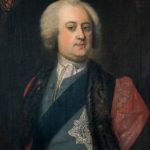
Two days later The Grub Street Journal enlarged upon the incident, reporting that the fireback weighed nine hundredweight and that His Grace’s leg had been set by five eminent surgeons and that he was on the road to recovery. Apparently he had rested his foot on the upper bar of a stove, to put his spurs on, causing the back to fall on his leg. The duke was a keen cricketer, indeed an influential promoter of the game, but the accident to his leg may well have put paid to his active involvement, for while he is on record as a player in his younger days, his name is absent from the records of matches after 1732.
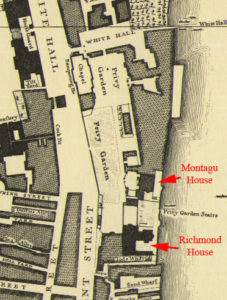
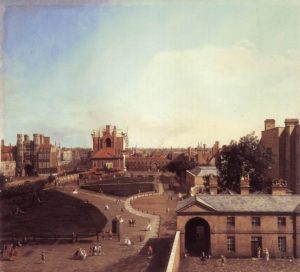
Richmond House, beside the River Thames, looked out over the Privy Garden towards Whitehall. In the early 1730s it had just been built and was the duke’s principal residence. His father, the 1st duke and illegitimate son of King Charles II, had acquired a hunting lodge at Goodwood in Sussex but it was yet to be enlarged to its present extent. In fact part of that enlargement was to be prompted by the destruction of Richmond House by fire in 1791. Much of the contents of the house was saved and taken to Goodwood, where a new wing was erected to house the rescued library.

A group of firebacks now at Goodwood House, all of which date from the 1730s, were in all probability cast for Richmond House and will have survived the fire; that was what they were made to do, after all. Among them may well be the one that had broken the duke’s leg. Two of them can now be found in opposing fireplaces in the main entrance at Goodwood. A third appears in a 1905 photograph of the Oak Bedroom, and a fourth in a photograph taken in 1932 of the dining room. In the 1990s the present duke, who was then Earl of March, had the decoration of the dining room restored to its former state in the Egyptian style, the fashion that had been inspired by Napoleon’s campaign there in the 1790s. The fireback was removed.
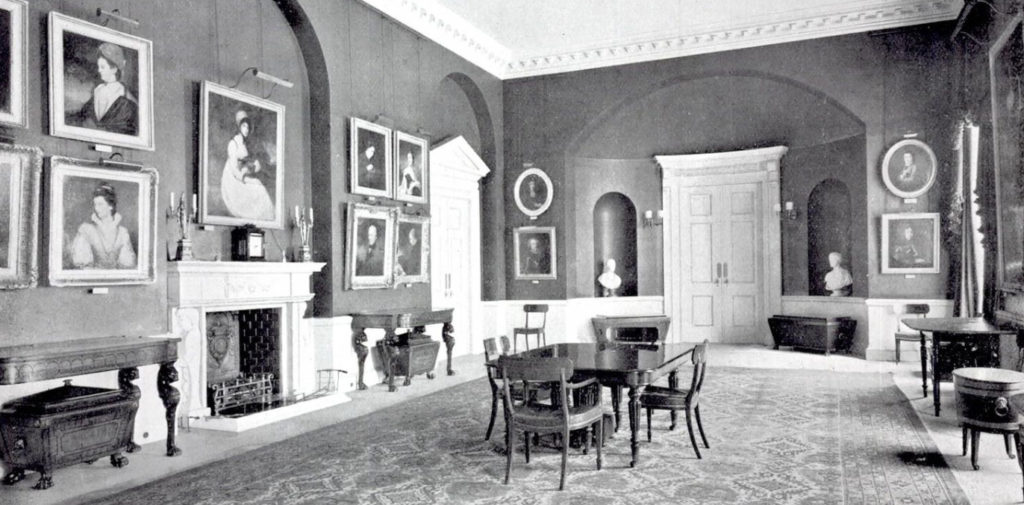
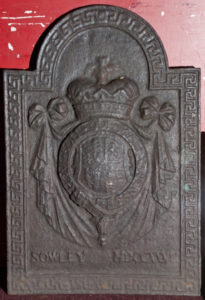
That fireback may well have been the one that appeared at auction in Islington in 2019, seen here on the right and dated 1732. All the firebacks that I have seen in this group have an inscription in relief that states that they were cast at Sowley Furnace, near Beaulieu in Hampshire, together with the dates when they were made, which range from 1730 to 1732. Sowley Furnace was owned by the 2nd Duke of Montagu and it may be no coincidence that, at the time the firebacks were being made, he was having Montagu House erected next door to Richmond House. One is tempted to speculate that the duke of Richmond, wanting some firebacks for his new house, was persuaded by his new neighbour to have them cast at Montagu’s ironworks.


The firebacks all follow the same design, only the proportions varying according to the sizes of the fireplaces they were intended to fit. The principal device is the shield, coronet and Garter of the duke of Richmond. Because of the descent from Charles II, the shield comprises his arms, which are quarterly, first and fourth, France Modern quartering England, second Scotland, and third Ireland, but with a bordure compony – alternately Argent (white) charged with red roses, and gules (red) – a heraldic difference indicating bastardy. Around the edge of the firebacks is the Greek key pattern, an unusual feature on firebacks.